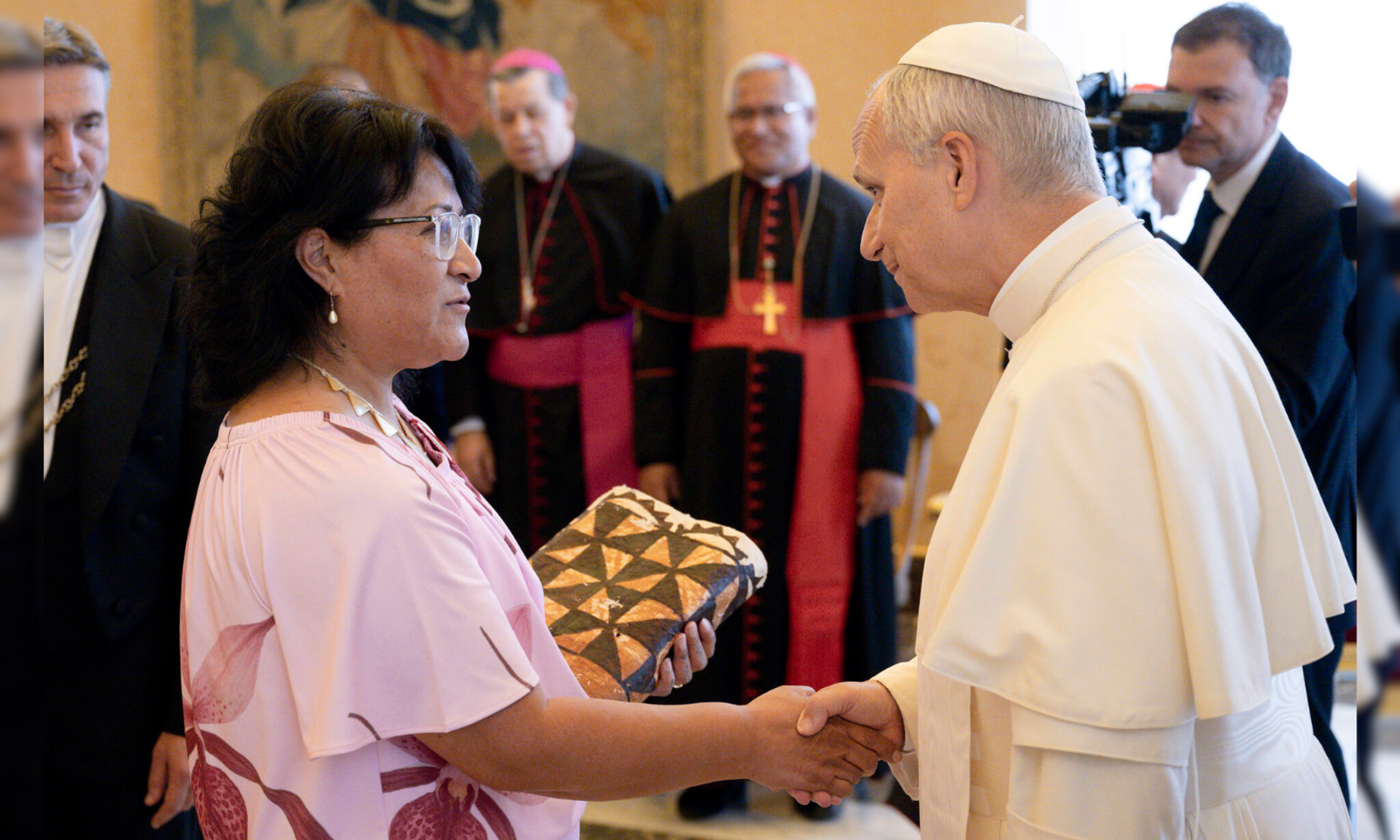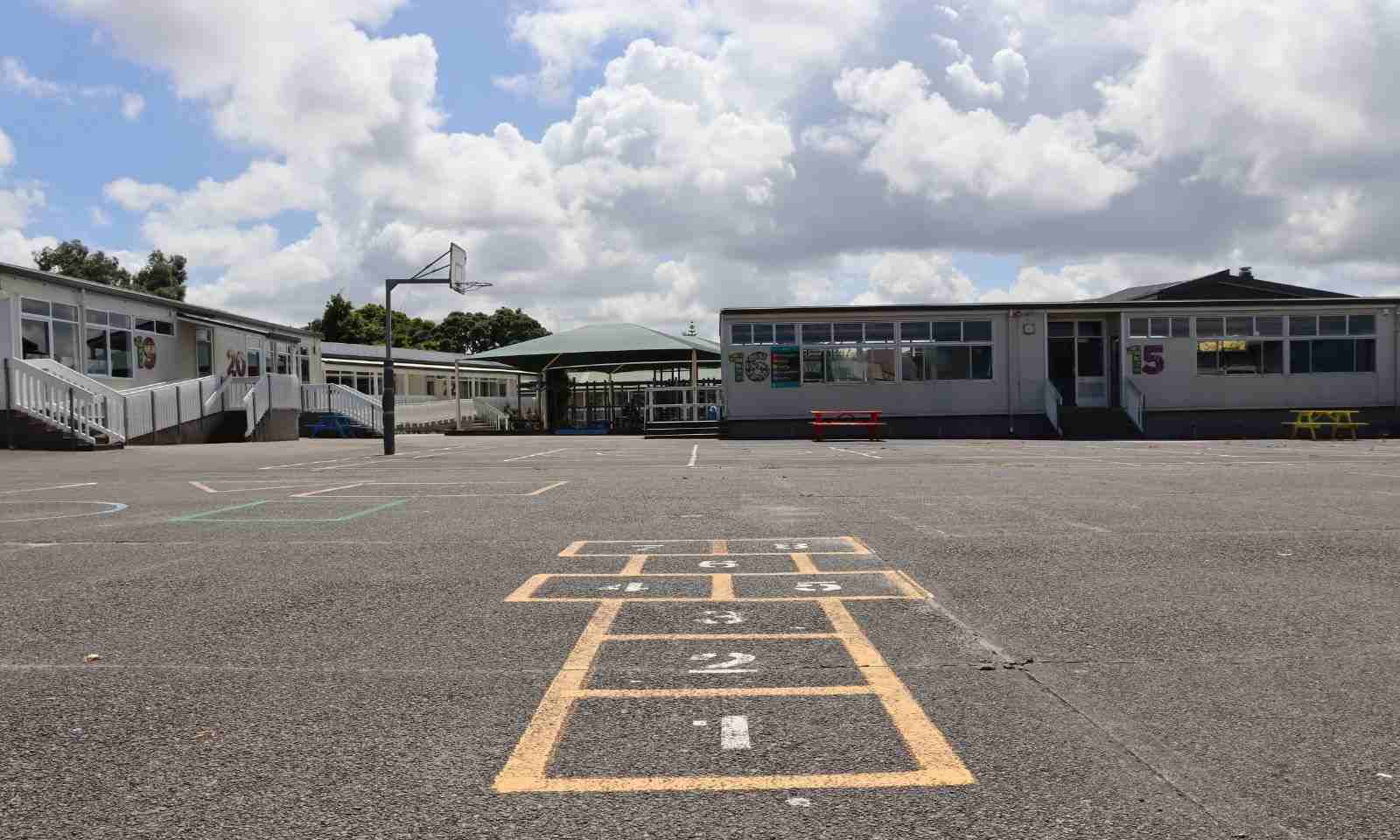

Anton Blank says the research will help teachers identify and address biases towards Māori and Pasifika students.
Photo/France Hémon
Breaking the cycle: Teachers urged to confront bias in classrooms
Educator and researcher Anton Blank has developed a resource to address unconscious bias in the classroom.



Pacific voice amplified as Mena Antonio takes top global Caritas role

Tonga’s next PM hangs in the balance as King ends visit to China

Social media ban for U16s: What it means for Pacific youth as the world moves to act



Pacific voice amplified as Mena Antonio takes top global Caritas role

Tonga’s next PM hangs in the balance as King ends visit to China

Social media ban for U16s: What it means for Pacific youth as the world moves to act
Teachers seeking to better support Māori and Pacific learners can now access new research on tackling bias in the classroom.
Rewire: Understanding Racism and How to Undo It, which includes a 20-minute video module, is designed to help teachers identify and address implicit biases toward Māori and Pacific students.
Speaking to William Terite on Pacific Mornings, writer Anton Blank says these tools explore how stereotypes, which circulate in “the social world”, can diminish teacher expectations and limit student outcomes.
Blank says the resources stem from his research and extensive work with schools since 2016, including his report Unconscious Bias and Education – A Comparative Study of Māori and African American Students.
His previous work also found teacher expectations were lower and frequently translated to reduced academic performance among indigenous and minority learners.
“For Maori and Pasifika, the prevailing stereotype about them is that they're good at sport and music,” Blank says.
“Which means that they tend to be encouraged into performing arts, manual subjects, and away from particularly left-brain subjects like maths and science.
“What the research has told us consistently since the 1960s is that teachers have lowest expectations of Maori and Pasifika students and highest expectations of Asian and Pākehā students.”
He says that although home is crucial in determining student outcomes, “by far the most important thing is teacher engagement with students”.
Watch Anton Blank's full interview below.
“If we were to look at a balance between teacher engagement and influences at home, around 80 percent emanates from teacher expectations,” Blank says.
“That's going to be difficult for some Māori and Pasifika families, who also will have had a bad experience in education.
“Most of the responsibility for student learning lies with teachers and what's happening in the classroom.”
Systemic approach
A University of Auckland project also identifies disadvantages and bias in schools. It aims to use virtual reality to immerse teachers in the experience of Māori students.
Additionally, a 2017 Treasury-commissioned paper identifies “negative cognitive bias”, resulting in teachers judging Māori and Pacific achievements more harshly than other groups.
“We see the same patterns in health and justice, for example,” Blank says.

Māori and Pacific students continue to face racial bias in schools. Photo /PMN News/Candice Ama
“There's a suite of tools that teachers can use to realise the potential of brown students, and the book is really just a short summary and overview of the module.”
He also advocates for more emphasis on systemic accountability, saying “in an ideal world” each teacher could set goals of achievement for Māori and Pacific learners.
“That should be tracked over time because I think the achievement data tells the narrative of what's actually going on.
“So we should be tracking teachers' progress with Māori and Pasifika students, and if we're not seeing some improvement, then we need to move in and develop remedial strategies.”
“It’s really important that we work with mainstream educators.”

Photo/file
‘Reframe expectations’
Blank says the response to the model and resources has been received positively so far, and he emphasises that he does not want to blame teachers.
“I want to say - this is part of the human condition - we all have implicit biases,” Blank says.
“You can, with concerted effort, change those biases and reframe your expectations of Maori and Pasifika students.”